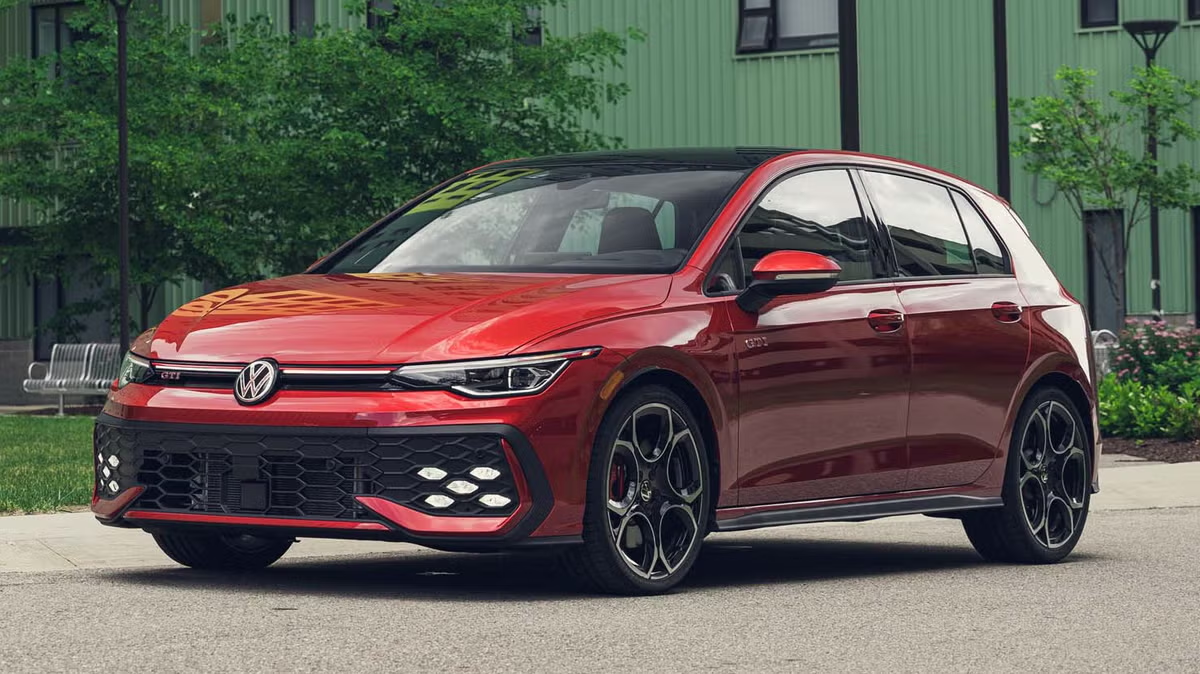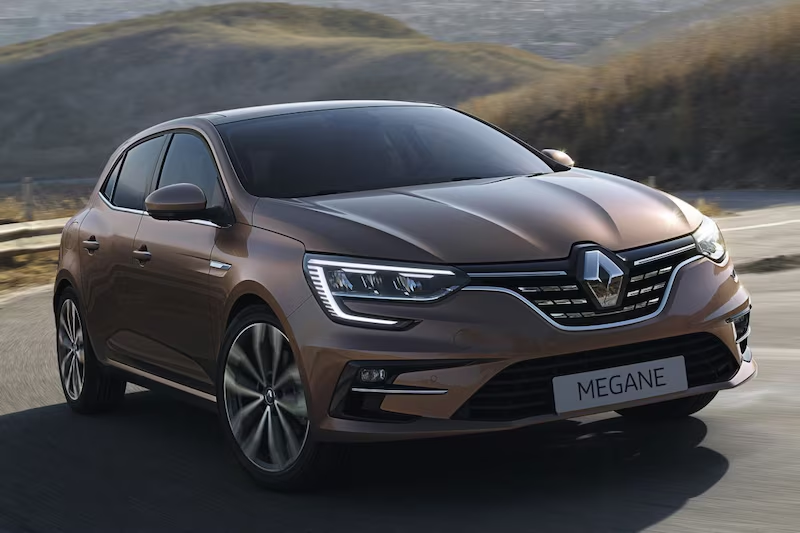Toyota Corolla
The Toyota Corolla is one of the most recognisable compact hatchbacks on the market, and is known for its durability and longevity. The design is modern and streamlined, with sharp lines that give the car a sporty look without being flashy. The last generations, in particular, combine a stylish look with practical functionality.
Inside, the Corolla feels solid and well-maintained. The materials are of good quality and the dashboard is clearly arranged, with a central touchscreen for infotainment that works intuitively. The rear seat offers plenty of space for adults and children, while the luggage compartment of approximately 361 litres is practical for everyday use or weekend trips. The seats are comfortable, even on longer trips, and the ergonomics of the interior are focused on ease of use.
On the road, the Corolla shows itself as a comfortable and reliable companion. The steering is light and predictable, perfect for city traffic and long motorway journeys. Toyota offers both petrol and hybrid variants. The hybrid version is particularly popular because of its low consumption figures, combined with a smooth and quiet driving experience. The automatic transmission shifts smoothly and contributes to the car's relaxed character.
In terms of maintenance, the Corolla scores high; parts are widely available, reliable and relatively affordable. For second-hand buyers, it is wise to check the maintenance booklet, especially for hybrid models, for the condition of the battery and the condition of the brakes.
In short, the Toyota Corolla is a compact, reliable and fuel-efficient hatchback that combines comfort, practicality and low running costs, making it a smart choice for families and commuters looking for a hassle-free car.
Interior & seating comfort
- Comfortable front seats with good support; more legroom in the back than the Auris.
- Trunk: hatchback 361 liter, sedan 470 liter.
- Chairs and interiors feel more modern and slightly more luxurious than Auris.
Design & finish
- Sleek and more modern exterior with sharper lines.
- Interior: better materials, digital instrument cluster in higher trims, clear and functional.
- Ambient lighting and more luxurious options available in higher versions.
Infotainment & audio
- 7- to 8-inch touchscreen, Apple CarPlay and Android Auto as standard on recent models.
- Audio setup great for everyday use; optional premium JBL system with better sound quality.
Motorcycling & driving
- Petrol: 1.2 Turbo (116 hp) or 1.8/2.0 Hybrid.
- Comfortable, agile and predictable driving. Hybrid versions offer quiet acceleration and low consumption rates.
- Automatic: CVT, smooth and focused on comfort.
Secondhand tips
- Toyota gives a 10-year factory warranty on its cars if they have been serviced by Toyota.
- Go for the highly fuel-efficient hybrid version.
- Toyotas are highly reliable when properly maintained.
Conclusion: Which Golf segment family car is right for you?
The Golf segment is full of strong candidates, each with their own strengths. The Volkswagen Golf remains a benchmark due to its all-round qualities and solid finish. The Mazda 3 scores high on design and driving pleasure, while the Ford Focus excels in dynamics and steering feel. If you are looking for great value for money, the Hyundai i30, Kia Ceed and Fiat Tipo interesting choices. For those who value style and comfort, the Peugeot 308 and Renault Megane a distinctive character. The Opel Astra and Skoda Scala combine a lot of space with a competitive price-quality ratio, and the Toyota Auris and Corolla convinces with reliability and low operating costs.
The right choice depends on what matters to you and your family: sportiness, comfort, space or price. Whichever way you go, within this segment, you will always find a model that will enjoy taking you to school, work and vacation for years.

















